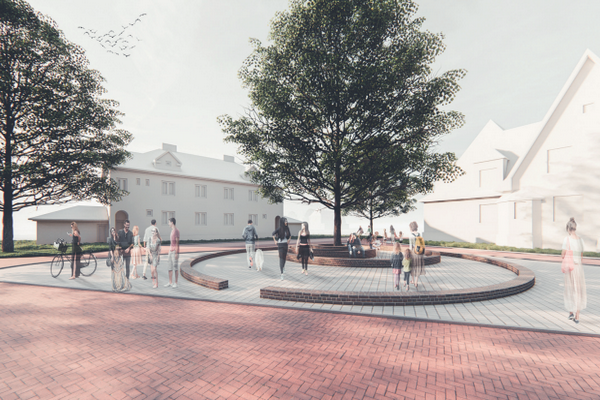1. Introduction to the theory of space perception for the profession of architect;
2. Body - body, sense of form for space - thing and objectivity, space around things
3. Basic relation to the architecture of things in space, work and text
4. Phenomenology of space, Rostislav Švácha and his essays on space
5. Phenomenology, hermeneutics, ethics of public space
6. Space during history - Zevi: How to look at architecture
7. Spatial intention in architecture, objectivity, reception and psychological perception of space and time
8. Basic features of culture, architecture of space representation;
9. Placing artifacts, especially sculptures in public space, and linking them to architecture
10. Architecture and architecture, spatial chorismos and artistic experience.
11. The concept of social value of space in broader meaning, subject of criticism in phenomenology
12. Axiology of Paul Ricoeur, cultural memory and "memetics" of space
13. Municipality and politics, syncretic and anamnestic space urban world planning;
14. Conclusions and Summary
2. Body - body, sense of form for space - thing and objectivity, space around things
3. Basic relation to the architecture of things in space, work and text
4. Phenomenology of space, Rostislav Švácha and his essays on space
5. Phenomenology, hermeneutics, ethics of public space
6. Space during history - Zevi: How to look at architecture
7. Spatial intention in architecture, objectivity, reception and psychological perception of space and time
8. Basic features of culture, architecture of space representation;
9. Placing artifacts, especially sculptures in public space, and linking them to architecture
10. Architecture and architecture, spatial chorismos and artistic experience.
11. The concept of social value of space in broader meaning, subject of criticism in phenomenology
12. Axiology of Paul Ricoeur, cultural memory and "memetics" of space
13. Municipality and politics, syncretic and anamnestic space urban world planning;
14. Conclusions and Summary
